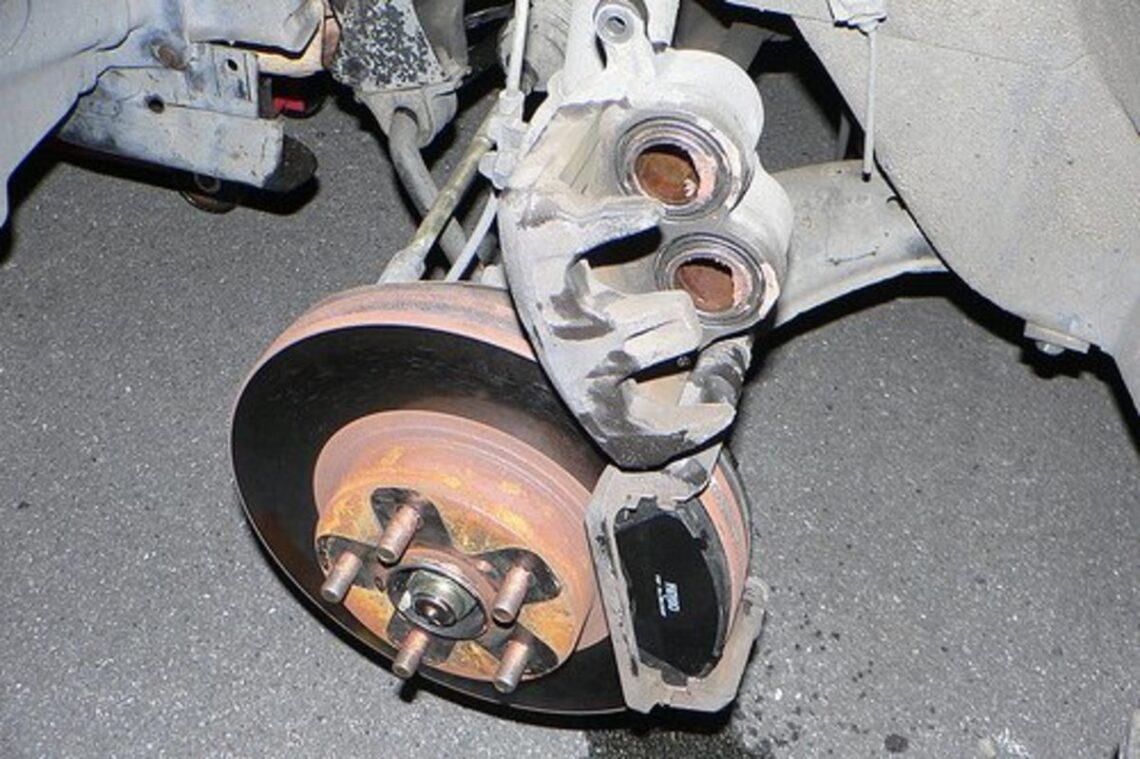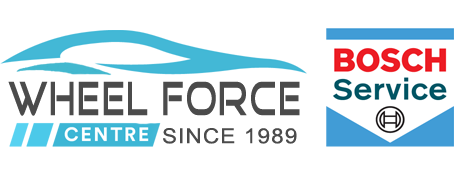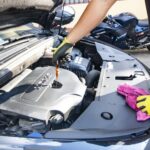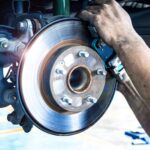
When your car pulls to one side when braking, it can be both a safety concern and an indication of potential issues with your vehicle’s braking system or tire alignment. This phenomenon, often referred to as “brake pull,” occurs when the car veers to one side when you apply the brakes. It can be caused by a variety of factors, including uneven brake pad wear, tire problems, and brake system imbalances.
One common cause of brake pull is uneven brake pad wear. Brake pads are essential components of the braking system that press against the brake rotors to slow down or stop the vehicle.
Over time, brake pads can wear unevenly due to factors such as driving habits, road conditions, and the quality of the brake components. If the brake pads on one side of the vehicle are more worn than the other, it can result in uneven braking force, causing the car to pull to the side with the less worn brake pads.
Tire issues can also contribute to brake pull. Uneven tire pressure or uneven tire wear can cause imbalances that affect the way the car responds when braking. If one tire has significantly lower pressure than the others, it can create a situation where the braking force is not distributed evenly across all four tires.
Similarly, if the tires are worn unevenly or have different levels of tread depth, the grip and braking performance on each side of the car can vary, leading to a pulling sensation when braking.
Furthermore, issues with the braking system itself can cause the car to pull to one side during braking. Brake calipers, which hold the brake pads, may become sticky or seize due to corrosion or dirt buildup. This can result in uneven pressure being applied to the brake pads, causing the car to veer to one side when the brakes are engaged. Additionally, brake fluid imbalances or air bubbles in the brake lines can lead to uneven braking force distribution, exacerbating the pull.
Another significant factor in brake pull is improper wheel alignment. Wheel alignment refers to the angles at which the wheels are positioned in relation to the vehicle and the road. If the wheels are not aligned correctly, it can result in various handling issues, including brake pull. Misaligned wheels can cause the car to steer slightly to one side even without braking, and when the brakes are applied, this effect can be magnified, causing a more pronounced pull.
To address brake pull and ensure your vehicle’s safety and performance, it’s essential to diagnose and rectify the underlying causes.
Start by inspecting the brake pads on both sides of the vehicle for even wear. If you notice significant differences in wear, consider replacing the brake pads and having the brake system checked for any imbalances or sticking components.
Also Read – What are the lists to check after getting your car serviced?
Regularly checking and maintaining proper tire pressure, as well as rotating and aligning your tires, can help prevent tire-related brake pull.
If you suspect issues with the braking system or wheel alignment, it’s advisable to have your vehicle inspected by a professional mechanic. They can perform a comprehensive assessment of the braking system, including the brake calipers, brake fluid, and brake lines.
Additionally, they can check the wheel alignment and make necessary adjustments to ensure the wheels are aligned correctly, minimizing the likelihood of brake pull.
In conclusion, when your car pulls to one side during braking, it’s important to address the issue promptly. Uneven brake pad wear, tire problems, braking system imbalances, and wheel alignment issues are common culprits behind brake pull.
Regular maintenance, such as checking brake pads, maintaining proper tire pressure, and ensuring wheel alignment, can help prevent and mitigate brake pull, contributing to safer and more consistent braking performance. If you’re unsure about the causes of brake pull, consulting a professional mechanic can help diagnose and resolve the issue effectively.
Deepa is the Brand Manager of wheelforcecentre.








